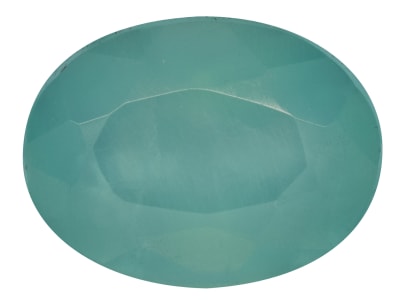Smithsonite is named for James Smithson, the English founder of the Smithsonian Institution who first identified the mineral. Although it rarely forms crystals, smithsonite is most commonly found as botryoidal or stalactitic masses or as honeycombed aggregates. A member of the calcite group of minerals, smithsonite is prized for its variety of crystal forms. Smithsonite comes in a wide variety of colors depending on the impurities present. The presence of copper gives smithsonite its green to blue coloring. Trace amounts of cobalt are responsible for pink to purple hues while cadmium makes smithsonite yellow, and iron gives it a brown to reddish-brown color.
General Information
LWUV: inert to strong white to yellowish white
Smithsonite Colors
-
 Blue
Blue -
 Brown
Brown -
 Gray
Gray -
 Green
Green -
 Multi-color
Multi-color -
 Pink
Pink -
 Purple
Purple -
 Red
Red -
 White
White -
 Yellow
Yellow
Alternate Names
Bonamite
Countries of Origin
Greece; Austria; Unknown; Namibia; United States of America; Italy; Mexico; Australia; Germany; Spain

